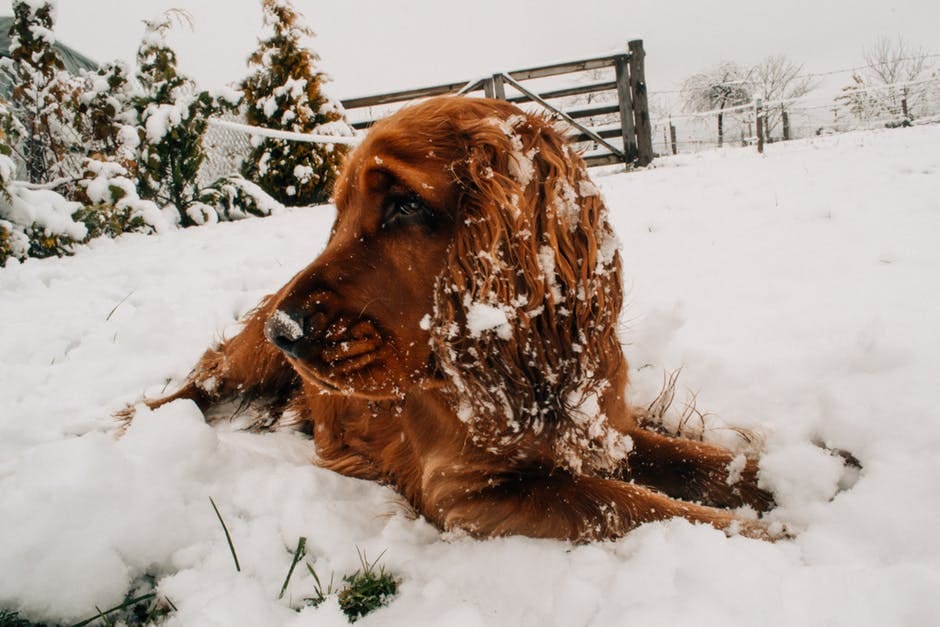In many parts of the world, particularly in the northern or southern latitudes, temperate climate is often experienced. During winter, it is typical for snow or ice to fall.
During these seasons, roads and sidewalks must be cleared of ice and snow before they can be used safely. As a result, there must be de-icing processes to remove snow and ice purposely. Physical de-icing processes may involve the use of tools or heavy machinery to do the job such as plows and shovels. However, another de-icing option is through chemical de-icing, using a substance called ice melt.
Although effective in de-icing, ice melt poses a risk for our pets. It may injure our fuzzy little best friends since chemicals in ice melt, such as sodium chloride (NaCl or commonly called “table salt”), calcium chloride, or potassium chloride can irritate their paws. The greater danger is when they ingest the product, especially when they lick their paws after they have walked on snow or ice.
There is no absolute ice melt safe for pets, although some may be less risky than others, there is no guarantee as the industry is still highly unregulated.
Here’s a rundown of the top 3 dangers of ice melters for pets:
- External irritation when exposed with salt-based ice melters
Everyday de-icing products contain either sodium chloride, potassium chloride, magnesium chloride, or calcium salts. Salt can irritate the paws of our pets, especially our canine friends. Prolonged exposure can worsen the effects of irritation, even to the point of causing a burn, which will result in painful rashes and blisters. To mitigate this risk, a responsible pet owner should clean his or her pet after walking on snow or ice, or if he or she so chooses, use pet socks or pet boots.

- Gastrointestinal risks are always present
Salt is not exactly the healthiest even for us humans. Imagine how much worse is this for our pets. Ingestion is the greater danger which is present when they lick their paws exposed to ice melt, or when they lick a puddle during a walk. At small doses, it could upset their stomach and cause diarrhea and vomiting. However, at sufficient doses- and note carefully that they don’t have too much of the substance- it will likely cause graver and more permanent damage.
The most susceptible is the gastrointestinal system. Potassium chloride is the worst offender- it is severely irritating to pets if ingested. Calcium salts pose almost the same risks as well- ingestion likely leads to major gastrointestinal distress. When walking your pets, make sure they don’t stop to eat or lick anything on snow or ice. Thoroughly clean them after a walk to avoid accidental ingestion when licking their paws.
3. Other complications that can lead to coma and death
Magnesium chloride in large amounts will cause renal failure. Potassium chloride can also do likewise- damaging kidneys and in the worst of cases, cause cardiac failure. Elevated blood sodium levels in our pets- a condition called “hypernatremia”- causes advanced gastrointestinal issues and neurological dysfunction. These conditions, if untreated, can lead to coma and death in our pets.





